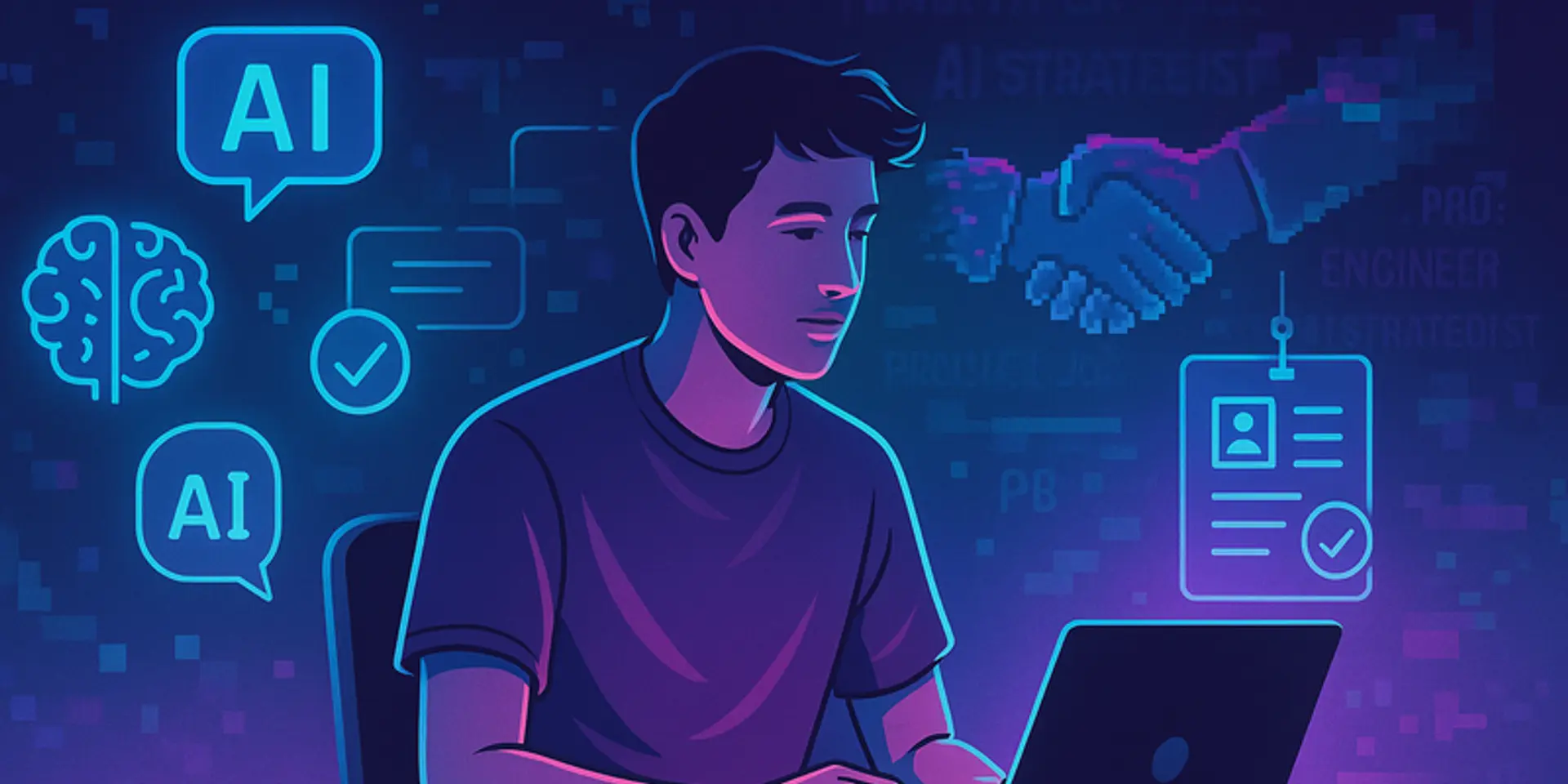Key Takeaways
- Real-time feedback enhances employee emotional connection, leading to increased loyalty.
- Traditional review methods create disengagement; timely feedback is essential for retention.
- Ignoring employee signals can lead to attrition; proactive engagement tools are crucial.
- Survey findings show 77% of employees would leave without a sense of belonging.
- AI enables real-time feedback, detecting employee sentiment and risk factors before issues escalate.
- Proactive HR practices, supported by AI, transform retention strategies and workplace culture.
- Real-time feedback implementations can significantly improve employee satisfaction and reduce turnover.
In today’s fast-paced work environment, the demand for real-time feedback is more prevalent than ever. This dynamic approach not only fortifies the emotional connection between employees and organizations but also plays a pivotal role in improving retention rates. Let’s delve into why immediate, meaningful feedback, often enhanced by AI, is reshaping the workplace culture and what it means for employers aiming to retain their top talent.
Understanding Real-Time Feedback
The Traditional Paradigm and Its Pitfalls
For years, organizations relied on traditional methods such as annual performance reviews and static surveys. These outdated systems often led to disengagement as they were reactive by nature, capturing sentiments after the damage was already done. Employees frequently found themselves feeling unheard, unseen, and undervalued – a recipe for attrition.
Why Immediate Feedback Matters
- Enhances Emotional Connection: Real-time feedback deepens the emotional ties between employees and the organization, bolstering loyalty.
- Combats Disengagement: Providing feedback when needed stops issues from festering, keeping employees engaged and motivated.
- Proactive Engagement Tools: Organizations must adopt tools to capture sentiments before they escalate into larger issues. Ignoring employee signals can be detrimental, leading to increased turnover rates.
The Role of AI in Real-Time Feedback
Transforming Feedback with AI
Artificial Intelligence offers a transformative edge in delivering feedback at scale. It can seamlessly listen across various digital touchpoints, detecting patterns of sentiment, motivation, and risk factors before issues become unmanageable.
How AI Facilitates Engagement
- Detection and Alert Systems: AI can flag early signs of disengagement in high-performing employees, enabling timely interventions.
- Prediction and Action: With predictive feedback loops, AI doesn’t replace human interaction but enhances it by surfacing vital signals at the right time.
Survey Insights on Employee Belonging
A robust survey highlighted a startling insight: 77% of employees would consider leaving their current employer if they didn’t feel a sense of belonging. Furthermore, 47% feel their voices go unheard in key workplace decisions. These figures underscore the necessity for real-time feedback systems that not only gather but also act on employee input.
Practical Implementation and Benefits
Enhancing Workplace Culture
- Proactive HR Practices: Supported by AI, these practices shift HR from being reactive to a proactive, strategic function focusing on retention and workplace culture management.
- Substantial Impact: Implementing real-time feedback systems can significantly enhance employee satisfaction and reduce turnover, as evidenced by improved satisfaction scores and reduced attrition in companies that have adopted these systems.
Key Benefits
- Increased Employee Satisfaction: Employees feel more valued and connected, leading to higher job satisfaction.
- Reduced Turnover: Proactive identification of discontent stops exits before they happen.
- Exceptional Organizational Loyalty: Real-time feedback fosters a culture of trust and mutual respect.
In an era where talent is scarce and attention is a valuable currency, companies that prioritize real-time feedback, especially with the aid of AI, stand to create environments that retain their best talent. By actively shaping engagement rather than merely measuring it, organizations can ensure that they hear the whispers of discontent long before they become cries for help.




